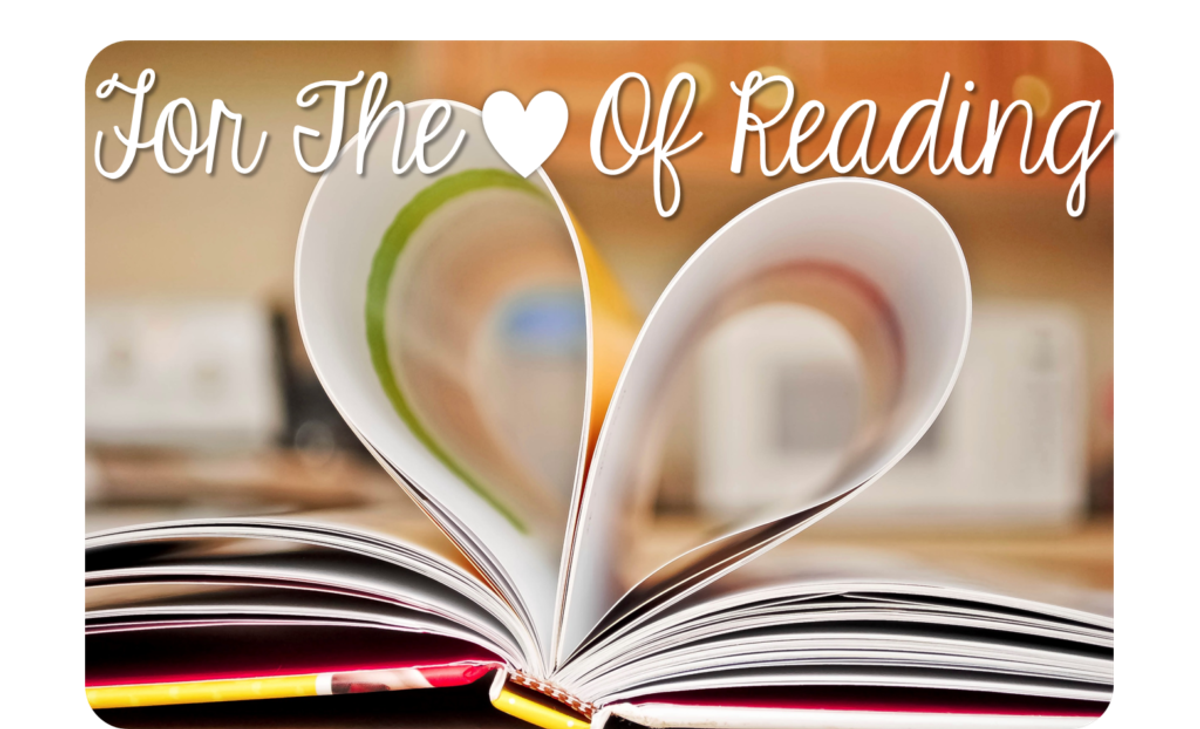English News
Mr Nick Criniti - Coordinator

English News
Mr Nick Criniti - Coordinator
Dear Parents,
This fortnight I would like to explore the idea of Children's literature and the importance of building a love of literature.
One of the most profound benefits of incorporating children's literature into the primary curriculum is its ability to ignite a passion for reading. Through captivating stories, vibrant illustrations, and engaging characters, children are transported to far-off lands, historical eras, and fantastical realms, sparking their curiosity and encouraging them to explore the written word further. By cultivating a love for reading at an early age students can become agents of imaginative and creative thinking.
Furthermore, children's literature serves as a mirror, reflecting the diverse realities and experiences of our world. By exposing children to stories featuring characters from different backgrounds, cultures, and perspectives, we promote empathy, understanding, and cultural awareness. Through the pages of a book, students learn to appreciate the beauty of diversity and recognize the universal themes that unite us all, fostering a sense of inclusivity and belonging within our school community. Reading that relates to students and their experiences makes them connect with what they read in a context that makes sense to them.


I have attached some activities and strategies that can be used at home following and during your child's daily reading. I hope you find them useful and engaging.
| Story talk (K-2) | Good books make reading fun (3-6) |
Talking about what you read is another way to help children develop language and thinking skills. You won’t need to plan the talk, discuss every story, or expect an answer.
What you’ll need: Storybooks
What to do: Read slowly and pause occasionally to think aloud about a story. You can say: “I wonder what’s going to happen next!” Or ask a question: “Do you know what a palace is?” Or point out: “Look where the little mouse is now.”
Answer your children’s questions, and if you think they don’t understand something, stop and ask them. Don’t worry if you break into the flow of a story to make something clear. But keep the story flowing as smooth as possible.
Talking about stories they read helps children develop their vocabularies, link stories to everyday life, and use what they know about the world to make sense out of stories. | Stories for young children should be of all kinds – folktales, funny tales, exciting tales, tales of the wondrous and stories that tell of everyday things.
What you’ll need: A variety of interesting books
What to do: An essential step in learning to read is good books read aloud. Parents who read aloud to their children are teaching literacy concepts simply by sharing books. Encourage your children to listen, ponder, make comments, and ask questions.
There are plenty of children’s books that are twice as satisfying when they are shared a chapter at a time before bed or during long car rides. There are some books that children should not miss, books that they will want to hear many times and ultimately read for themselves.
Young children want to read what makes them laugh or cry, shiver and gasp. They must have stories and poems that reflect what they themselves have felt. They need the thrill of imagining, of being for a time in some character’s shoes for a spine-tingling adventure. They want to experience the delight and amazement that comes with hearing playful language. Be sure to ask them questions about how they visualise key settings, characters, events etc. |
As educators and parents, let us continue to celebrate the magic of children's literature and its profound impact on the development and growth of our young learners. Let us foster a love for reading and discussion that aims to allow our children to simply think, reflect and enjoy learning through reading.
God Bless,
Mr Nick Criniti
Coordinator